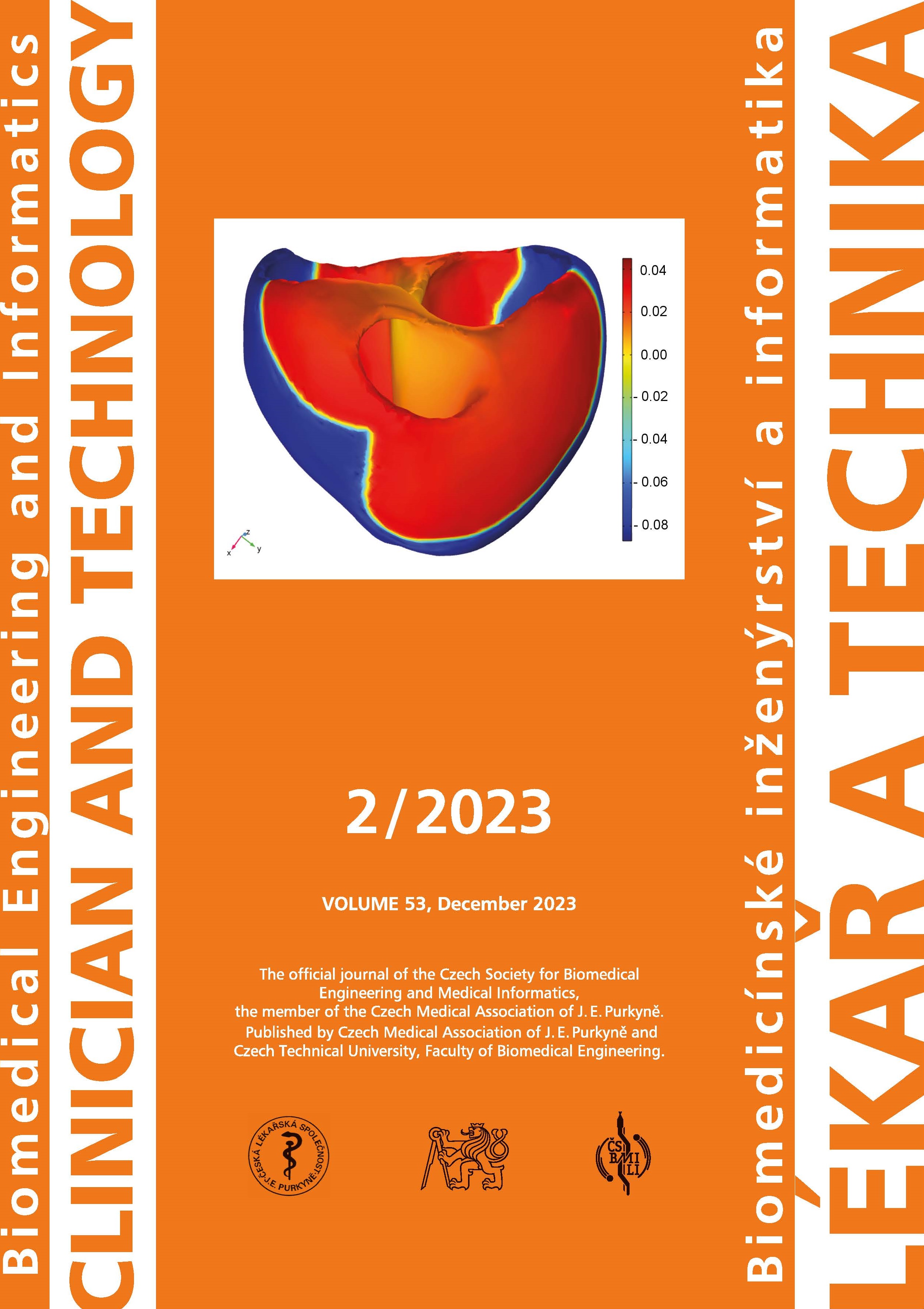EVALUATION OF DIMENSIONAL ACCURACY AND DENSITY OF DENTAL STRUCTURES MANUFACTURED BY DIFFERENT TECHNOLOGIES
DOI:
https://doi.org/10.14311/CTJ.2023.2.04Abstract
This study focuses on the fabrication and analysis of a total of 90 dental structures (metal parts of dental prostheses – coping, bridges) of 3 types made of cobalt-chromium alloy through different fabrication technologies which include casting, additive manufacturing by selective laser melting (SLM) and subtraction technology by CNC milling. The manufacturing accuracy analysis was carried out by comparing the nominal model and the actual model obtained by 3D scanning of the fabricated dental structures in GOM Inspect software. Density measurements were performed by helium-based gas pycnometry. The data obtained were statistically analysed and a statistically significant difference was confirmed between the subtraction and additive technology. Based on the available manufacturing technologies, materials and equipment used to fabricate the samples for this study, it can be concluded that dentures fabricated by 3D printing are more accurate than dental structures fabricated by milling or casting technology.
Downloads
Published
Issue
Section
License
Copyright (c) 2024 Viktoria Rajtukova, Bibiana Ondrejová, Andrea Sinčák Konečná, Jana Hlubeňová, Radovan Hudák

This work is licensed under a Creative Commons Attribution 4.0 International License.
Authors who publish with this journal agree to the following terms:
- Authors retain copyright and grant the journal right of the first publication with the work simultaneously licensed under a Creative Commons Attribution License (https://creativecommons.org/licenses/by/4.0/) that allows others to share the work with an acknowledgment of the work's authorship and initial publication in CTJ.
- Authors are able to enter into separate, additional contractual arrangements for the non-exclusive distribution of the journal’s published version of the work (e.g., post it to an institutional repository or publish it in a book), with an acknowledgment of its initial publication in this journal.
- Authors are permitted and encouraged to post their work online (e.g., in institutional repositories or on their website or ResearchGate) prior to and during the submission process, as it can lead to productive exchanges.
CTJ requires that all of the content of the manuscript has been created by its respective authors or that permission to use a copyrighted material has been obtained by the authors before submitting the manuscript to CTJ. CTJ requires that authors have not used any copyrighted material illegally, as for example a picture from another journal or book, a photo, etc. It is the author’s responsibility to use only materials not violating the copyright law. When in doubt, CTJ may ask the authors to supply the pertinent permission or agreement about the use of a copyrighted material.
The opinions expressed in CTJ articles are those of authors and do not necessarily reflect the views of the publishers or the Czech Society for Biomedical Engineering and Medical Informatics.


